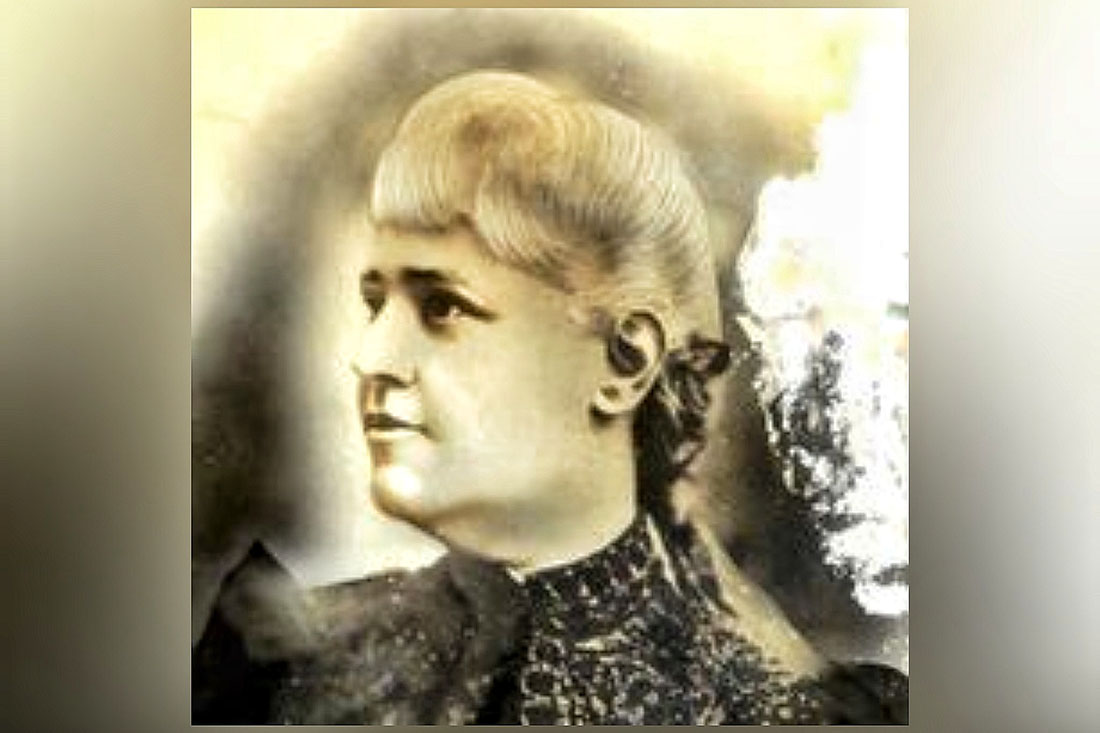Aurelia Castillo was born on January 27th, 1842. Her family, of great social prestige in her hometown, educated her with the most liberal thought for women. She got married to the Spanish Infantry Commander Julián González, which did not prevent her position in favor of Cuban independence.
Her husband demonstrates against the firing squad of the patriot Antonio Luaces Iraola, which exalted the anger and reprisals of the Spanish Brigadier Ampudia. Her forced exile, initially in Santa Cruz de Tenerife and later in Barcelona, allowed her to continue working for the cause.
She returns to Cuba at the end of the War of 1895. During the Republic she has an active life as an intellectual, as she reaffirms her ethical ideas related to the true independence of Cuba. She dies in Havana on August 7th, 1920.
Aurelia Castillo becomes one of the most representative pens of the region and the country. Her work is part of various genres such as fables, stories, legends, literary reviews, among others.
Her translations, travel books and her correspondence with national and foreign intellectuals and public figures are essential to delineate Cuban society in the 19th century and early 20th century.
Her literary merits allow her to belong to various societies as representatives of the arts and letters. Likewise, her collaborations in El Fígaro, La Habana Elegante and Revista Cubana denote the cultured and aesthetically updated patriot.
She admired in an extraordinary way personalities from Camagüey, such as Gertrudis Gómez de Avellaneda and Ignacio Agramonte. Her determination for society and various generations to know her merits led her to write the biography of La Avellaneda in 1886, a writing that won her the prize at the Juegos Florales that year.
In 1914, she turned to numerous friends and compatriots to request help with a view to celebrating the Centennial of the Cuban poet and novelist. In the same way, in the 1911 text, which she titled Ignacio Agramonte en la vida privada, she shows his friend, his wife Amalia and other people from Camagüey with surprising sensitivity in such a way that his memories are mixed with the couple’s love letters, the anecdotes of common companions and the feats of the warrior, to return the eponymous hero of Camagüey humanized.
For children she wrote the book Fables -printed in Cádiz in 1879- permanent teachings through human characters, animals and inanimate objects, with messages about values and virtues that should accompany the little ones, valid for today’s Cuban society. The second edition was made in Havana in 1910, to which are added the Maxims and the School Hymn, which make the text invaluable.
I share the judgments of the researcher and Doctor of Science, Olga García Yero- one of the most important scholars of the life and work of the author- who describes the Maxims as poetic aphorisms and quotes one of them: «First sign of culture/ is not talk much about yourself: / omit the self, / that only matters to you».
In the warnings to his inexperienced readers, she explains the corrections made, and the inclusion of new stories such as Ignored Heroisms, because, according to her words, she wishes to present “… a most beautiful and true example of filial love and drowning, an episode of our first war of independence, thinking that what is true, what has happened, is always stronger than what is imagined…».
The Ignacio Agramonte Provincial Museum treasures personal belongings of Aurelia Castillo, documents, postcards, and copies of the aforementioned texts. An artery of the city bears her name, but among the city toponymy, the people of Camagüey do not identify it that way. Our city is in debt of a monument to this patriotic woman of the locality.
References:
– Álvarez, L, Yero, O y Gómez, E. (). La Luz perenne.
– Castillo, A (1910). Fábulas.
Translated by: Aileen Álvarez García






